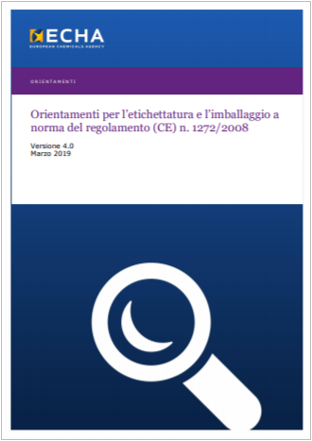Informazione tecnica HSE / 25 ° anno
/ Documenti disponibili:
45.558
/ Documenti scaricati: 34.439.902
/ Documenti scaricati: 34.439.902
ID 22248 | 12.07.2024 / Attached
The 2023 edition of this publication contains integrated reports combining nuclear reactor operating experience data with design characteristics and dashboards. The integrated report provides a general overview of each individual operating nuclear power reactor that was in operation in 2022.
The publication provides annual performance data and outage information for individual nuclear power plants. Summaries of historical performance and outages during the lifetimes of those plants are also included. In order to provide a broad picture of nuclear power usage, six figures illustrate global operational statistics up to and including 2022.
The data that form the basis of this publication are a direct output from the IAEA’s Power Reactor Information System (PRIS), the database that contains all performance data published in the IAEA’s operating experience annual reports since 1970, as well as basic information on power reactors, including design data. It presents operating experience data for all nuclear power plants worldwide from the start date of their commercial operation. The PRIS data is available free of charge to IAEA Member States through its public web site and on-line application, PRIS-Statistics.
The web site www.iaea.org/pris contains publicly available information about reactor units and nuclear industry results. PRIS-Statistics (http://pris.iaea.org) provides direct access to the database. This application allows registered users to generate statistical outputs through predesigned reports and filters. When analysing the performance of nuclear reactors, indicators such as energy production, load, operating and availability factors are often used. Energy unavailability factors, categorized separately for planned and unplanned unavailability (due either to causes under plant management control or to external causes out of plant management control), are used as a measure of energy loss when a unit is not available to the grid on full power.
Despite efforts to properly classify unavailability data, some ambiguity remains in operator reports, as it is inherently difficult to find energy losses caused by load following operation and by grid limitation for externally facilitated unavailability. Therefore, for load, operation and unavailability factors, there may be differences between the data compiled in this report and data published elsewhere. For detailed information on data elements and performance indicators included in this publication, please refer to the definitions in Section 2.
Information and data received by the IAEA through 31 May 2023 are included in this publication. All commercially operating units reported data up to this date. Any modifications received at a later date, although not included in this publication, are available in the PRIS database. The information contained in this publication was made available to the IAEA through designated national PRIS Data Providers and Liaison Officers.
The IAEA appreciates the valuable assistance of the national authorities, official correspondents and various utilities in gathering the information for this report. This publication was compiled by staff of the IAEA’s Division of Nuclear Power, Nuclear Power Engineering Section. It is hoped that the publication will serve as a useful tool for nuclear power plant operators, nuclear system designers, nuclear power planners, professional engineers, scientists and others concerned with the operating experience of nuclear power reactors. Suggestions and corrections from readers are most welcome.
Note:
The publication does not include Ukrainian reactor units as operational data were not submitted for the year 2022 by the time of publication.
IAEA
add attached
Collegati

Questa lista di controllo aiuta a migliorare la qualità delle schede di sicurezza (SDS)
Essa è destinato ad essere utilizzata dai compilatori (autori) per controllare che tutti gli eleme...
Rettifica del regolamento (CE) n. 1272/2008 del Parlamento europeo e del Consiglio, del 16 dicembre 2008, relativo alla classificazione, all’etichettatura e ...

Guida CLP - IT 4a Edizione 03.2019
Guida all'etichettatura e all'imballaggio a norma del regolamento (CE) n. 1272/2008 - CLP
Modif...
Testata editoriale iscritta al n. 22/2024 del registro periodici della cancelleria del Tribunale di Perugia in data 19.11.2024